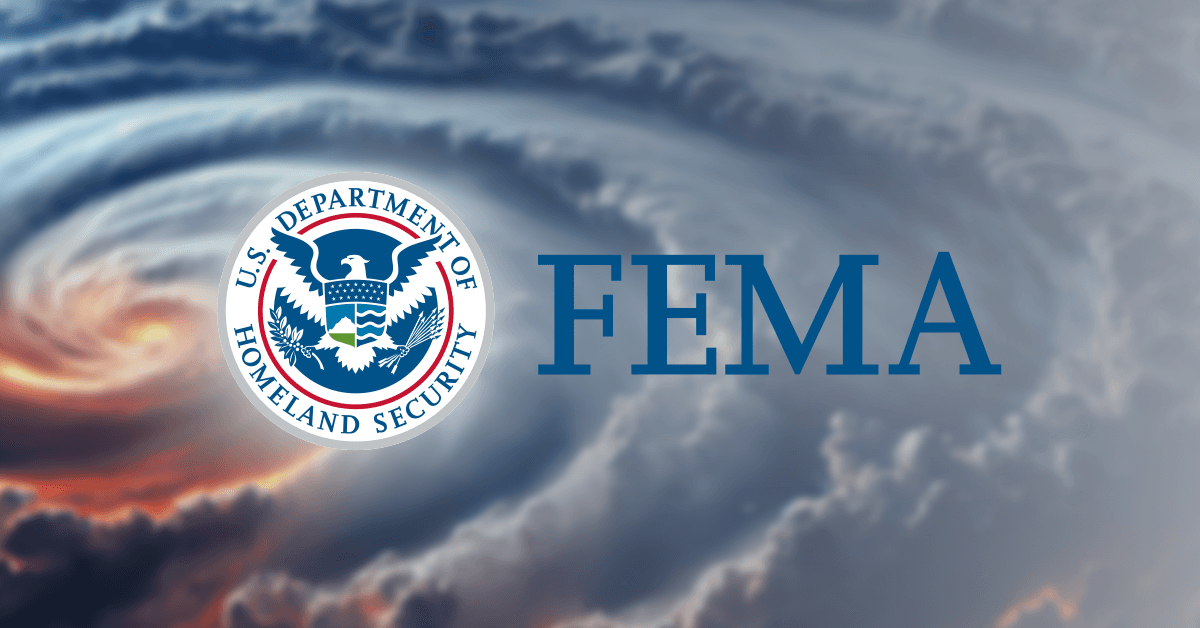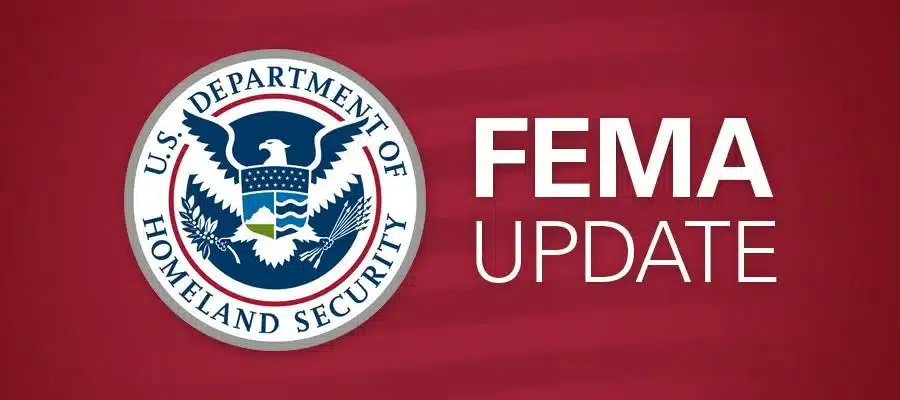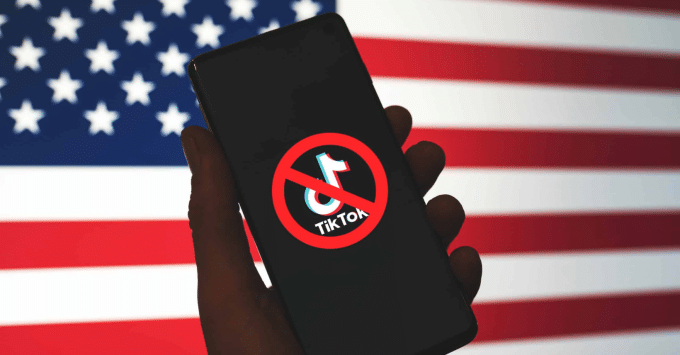The Federal Emergency Management Agency (FEMA) has recently made headlines due to its critical role in disaster relief and preparedness. With natural disasters on the rise and climate change exacerbating the frequency and intensity of these events, FEMA’s initiatives have gained heightened attention. From disaster recovery funding to community resilience programs, FEMA is leading the charge in safeguarding lives and rebuilding communities across the United States.
As public interest surges around FEMA, the agency’s efforts, challenges, and accomplishments have sparked widespread discussions. Whether it’s responding to hurricanes, managing wildfires, or providing emergency resources, FEMA’s mission has become increasingly vital. Below, we outline key updates and actions related to this trending topic.

Credit: executivegov.com
Key Updates on FEMA in the Spotlight
- Disaster Recovery Assistance: FEMA has allocated billions in disaster recovery funds to help rebuild communities devastated by hurricanes, floods, and wildfires in 2024. These funds aim to support individuals, businesses, and local governments in restoring infrastructure and housing.
- Preparedness Grants: FEMA has introduced several grants to improve disaster preparedness, including the Building Resilient Infrastructure and Communities (BRIC) program. These grants encourage investments in mitigation projects to reduce the impacts of future disasters.
- Hurricane Response and Readiness: With an active hurricane season underway, FEMA has strengthened its response efforts. The agency is pre-positioning supplies, coordinating with state and local governments, and deploying rapid-response teams to areas at risk.
- Climate Resilience Programs: FEMA’s focus on climate resilience has grown, with initiatives aimed at addressing the challenges posed by climate change. Programs like the Hazard Mitigation Assistance (HMA) fund emphasize proactive measures to protect communities from long-term risks.
- Emergency Alerts System (EAS) Testing: Recently, FEMA conducted a nationwide EAS test, ensuring that emergency communication systems remain functional and reliable during crises. The test was designed to assess the effectiveness of alerts in reaching citizens swiftly.
- Collaboration with Local Governments: FEMA has strengthened partnerships with local and tribal governments, emphasizing the importance of community involvement in disaster response and recovery. Collaborative efforts have led to more efficient resource allocation and quicker disaster recovery times.
- Public Awareness Campaigns: FEMA’s educational campaigns, such as “Ready.gov”, aim to empower citizens to prepare for emergencies. These initiatives focus on creating disaster plans, assembling emergency kits, and staying informed about potential risks.
- Challenges in Disaster Relief: Despite its successes, FEMA faces criticism over delays in aid distribution and logistical challenges. The agency continues to work on streamlining operations and addressing gaps in its response framework.

Credit: aha.org
Why FEMA’s Role Matters
The role of FEMA is more critical than ever, given the increasing frequency of natural disasters in the U.S. From wildfires in California to hurricanes along the Gulf Coast, the agency’s efforts to provide timely relief and bolster resilience are shaping the nation’s response to climate and disaster-related challenges.
As FEMA continues to adapt to evolving demands, its initiatives, such as disaster recovery funding, emergency alerts, and climate resilience programs, demonstrate a commitment to protecting American communities. For individuals and families, staying informed about FEMA’s programs and preparedness measures can be life-saving.




















Leave a comment